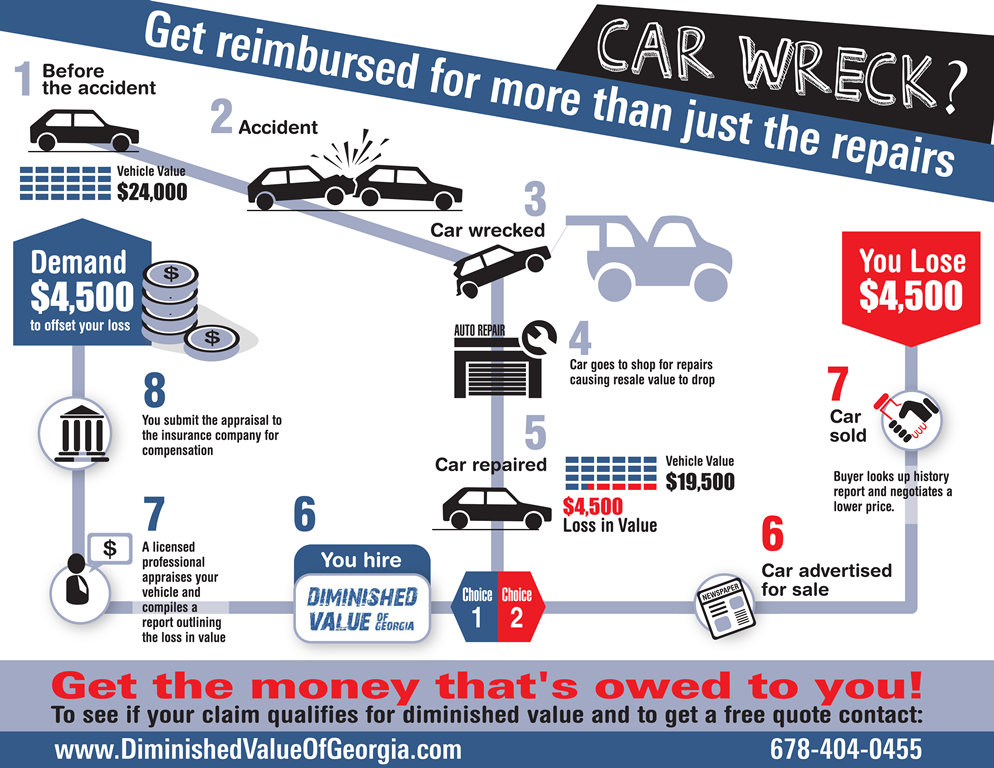Evaluating Your Automobile'S Warning Indicators: What They Actually Share
Evaluating Your Automobile'S Warning Indicators: What They Actually Share
Blog Article
Posted By-Hartley Shepherd
When you're behind the wheel, those radiant warning lights on your dashboard can be a little bit bewildering. Do you recognize what they're trying to tell you concerning your cars and truck's health? Understanding the relevance of these lights is crucial for your security and the durability of your vehicle. So, the following time among those lights turns up, would not you wish to understand its message accurately and take the necessary steps to address it?
Common Warning Lights and Interpretations
Identify common warning lights in your auto and comprehend their definitions to ensure risk-free driving.
The most typical warning lights include the check engine light, which signifies problems with the engine or emissions system. If this light begins, it's crucial to have your automobile examined without delay.
The oil stress warning light indicates reduced oil stress, needing immediate attention to prevent engine damages.
A flashing battery light could suggest a malfunctioning billing system, possibly leaving you stranded if not attended to.
The tire stress tracking system (TPMS) light notifies you to low tire stress, influencing car stability and fuel efficiency. Neglecting this could bring about hazardous driving conditions.
The ABS light indicates an issue with the anti-lock stopping system, compromising your capability to quit rapidly in emergencies.
Lastly, the coolant temperature warning light warns of engine getting too hot, which can lead to severe damages if not resolved promptly.
Comprehending these usual caution lights will certainly help you address concerns promptly and maintain safe driving problems.
Importance of Prompt Interest
Comprehending the typical warning lights in your car is only the first step; the importance of quickly addressing these warnings can't be emphasized sufficient to ensure your safety on the road.
When a caution light brightens on your control panel, it's your car's means of connecting a prospective problem that requires attention. Neglecting vehicle wrap auckland can cause a lot more serious issues down the road, endangering your security and possibly costing you a lot more out of commission.
Prompt interest to advising lights can avoid breakdowns and accidents. For instance, a flashing check engine light can indicate a misfire that, if left unattended, can trigger damages to the catalytic converter. Addressing this without delay can save you from a pricey repair.
In a similar way, a brake system alerting light might signify low brake fluid or used brake pads, important elements for your safety when driving.
DIY Troubleshooting Tips
If you see a warning light on your control panel, there are a couple of DIY troubleshooting suggestions you can attempt prior to seeking expert help.
The first step is to consult your cars and truck's guidebook to comprehend what the specific warning light indicates. In you could try here can be as easy as a loosened gas cap triggering the check engine light. Tightening up the gas cap may solve the issue.
One more common problem is a low battery, which can cause various cautioning lights. Examining the battery links for rust and ensuring they're safe and secure might repair the problem.
If a caution light persists, you can try resetting it by disconnecting the auto's battery for a few mins and afterwards reconnecting it. Additionally, examining your automobile's liquid degrees, such as oil, coolant, and brake fluid, can aid repair warning lights connected to these systems.
Final thought
To conclude, recognizing your car's warning lights is essential for keeping your lorry running smoothly and securely. By quickly addressing these alerts and recognizing what they imply, you can avoid pricey repairs and possible breakdowns.
Bear in mind to consult your cars and truck's handbook for particular information on each alerting light and act appropriately to ensure a trouble-free driving experience.
Stay informed, remain risk-free when traveling!
